Hockey Sticks, Shafts & Blades




 Warrior Alpha LX Pro Grip Senior Hockey Stick by Warrior$259.98 Original Price $299.99 You Save 13%
Warrior Alpha LX Pro Grip Senior Hockey Stick by Warrior$259.98 Original Price $299.99 You Save 13%
Learn About Hockey Sticks
Originally crafted from natural woods like ash, birch, and willow, modern hockey sticks have evolved to incorporate advanced materials such as carbon fibers and graphite. These materials confer enhanced flexibility and lasting durability to the sticks.
Hockey sticks cater to a broad spectrum of players, each designed with precision to fit specific needs. Sizes range from youth-centric designs to those tailored for seasoned players. Composite hockey sticks, often made of high-density carbon fiber, are the go-to for professionals seeking lightweight performance. Traditionalists and recreational players might lean towards wood for its affordability and classic feel. Understanding the anatomy of a hockey stick is crucial: blades can have unique curves customized to your playing style, and shafts possess varying flex ratings, denoting the force required to bend them.
An effective gauge for the right stick length: when standing in shoes, it should reach at least to your nose. Moreover, to ensure seamless gameplay, it’s always advisable to have a backup, as sticks can break under intense conditions.
For the best performance, it’s also essential to understand your stick’s flex rate. This can be calculated by halving the player’s weight. Today’s market allows for complete customization – purchase an entire stick or buy the blade and shaft separately. Leading brands, including Bauer, CCM, True, Warrior, Easton and STX, offer high-quality replacements. Additionally, there are sticks designed specifically for street hockey, featuring robust blades fit for rough concrete terrains.
Hockey Stick Flex Chart
| Hockey Stick Flex Chart | |||
|---|---|---|---|
| Age Group | Height | Weight | Stick Flex |
| Tyke (3 - 5) | 3'0" - 3'10" | 30 - 65 lbs. | 20 - 25 flex |
| Youth (5 - 8) | 3'6" - 4'8" | 40 - 80 lbs. | 30 - 40 flex |
| Junior (7 - 12) | 4'4" - 5'1" | 70 - 110 lbs. | 40 - 52 flex |
| Intermediate (11 - 14) | 4'11" - 5'8" | 95 - 140 lbs. | 55 - 70 flex |
| Senior (14+) | 5'7" - 6'1"+ | 150 - 210+ lbs. | 75 - 100+ flex |
Finding the Right Hockey Stick Flex for You
So what is a hockey stick flex, anyway?
Hockey stick flex is the measure of the stick’s resistance to bending under applied force. Each flex rating corresponds to the pounds of force required to bend the stick by an inch. This feature is not one-size-fits-all — players might find certain flex ratings more suitable than others based on their skill level. A higher flex rating means a stiffer stick, resulting in powerful shots. However, be wary of excessively stiff sticks; if they don’t bend with your natural shooting motion, they may hinder your play.
How does flex impact play?
During a shot, the bending of the stick temporarily transforms it into a spring. On release, this “spring action” propels the puck with accelerated force. It’s essential to find a balance: a stick that provides resistance yet flexes effortlessly during gameplay.
What flex is right for me?
Your stick’s flex should be roughly half of your body weight. So, players weighing over 150 pounds might opt for a stick with 75 flex or more. This guideline is adaptable based on your comfort and prowess. Stronger players might lean towards a stiffer flex, while beginners could benefit from a softer one. An 85 flex is a good average benchmark.
Testing a stick at a Pro Shop can be insightful. Use your normal hand position on the stick and hold the stick with the blade on the floor. Hold your top hand stationary and push down and forward with your lower hand. Ensure you can bend the stick around an inch with moderate effort. If it feels too resistant, consider a lower flex. Intermediate sticks, which have a lighter flex, are commonly chosen by women and smaller players. These sticks are similar in size to senior sticks but offer a lighter flex.
The most common stick flexes are:
| Youth | 50 flex |
| Intermediate | 60-75 flex |
| Regular | 85 flex |
| Stiff | 100 flex |
| Extra Stiff | 110 flex |
Your optimal stick aligns with your unique style and proficiency level. While guidelines provide a foundation, personal experience is paramount. Experiment with different designs to find your perfect match.
Hockey Sticks FAQ
What are the best hockey stick brands?
All leading hockey stick brands – Bauer, CCM, True, and Warrior – introduce multiple lines catering to diverse playing styles and positions. Each comes with its unique flex points like low, mid, and high, crafted to enhance specific gameplay traits.
What is the best hockey stick ever made?
Many argue that the sticks from the Easton Synergy line from the early 2000s are the best of all time. Pioneering the “one-piece” design, these sticks set the precedent for today’s modern versions.
What sticks do NHL players use in 2023?
The price spectrum of senior hockey skates is diverse, often commencing at a basic range and stretching to premium models. Factors influencing cost include the brand, technological features integrated into the skate, material quality, and any custom-fitting options. While budget-friendly models are available, investing in a higher-end pair can often guarantee longevity and better performance.
- Bauer Vapor:
Patrick Kane of the Chicago Blackhawks has been historically associated with the Bauer Vapor line, particularly the Vapor 1X, emphasizing its popularity among elite forwards for its low-kick point and quick release. - CCM Jetspeed:
Connor McDavid of the Edmonton Oilers is a notable endorser of CCM and has prominently used the Jetspeed line, showcasing its versatility and adaptability to various shot types. - Warrior Covert:
David Pastrnak of the Boston Bruins is known to favor the Warrior Covert line, highlighting its suitability for players seeking a swift release.
Is a lighter hockey stick better?
While a lighter stick might offer better maneuverability, it isn’t universally superior. The weight of a hockey stick largely boils down to individual preferences, with neither light nor heavy sticks holding a definitive edge over the other.
What is the impact of blade curve on hockey stick sizing?
While traditional hockey stick sizing focuses primarily on shaft length, the blade’s curve can also influence a player's perceived size and overall performance with the stick. Different curves cater to different playstyles, impacting puck handling, shooting, and passing.
- A deep curve offers better puck handling and a quicker shot release, suitable for forwards who handle tight situations in front of the net. However, it might be challenging for beginners to control.
- A shallow or slight curve provides better backhand shots and is generally more versatile, making it suitable for defensemen and those wanting a more predictable puck trajectory.
The length of the blade can also impact the stick’s overall “feel.” A longer blade offers a larger contact area, which can be beneficial for defensive plays, while a shorter blade allows for quicker stick-handling.
In terms of sizing, while the shaft length should still align with the player’s height, the blade’s curve and length can modify how the player interacts with the puck. Thus, when choosing a hockey stick, it’s essential to consider both the shaft length and blade specifications to ensure the best fit for your playing style and position.
Hockey Stick Buying Guides & Pro Tips
Other Great Choices
- @Recommendation.Title by @Recommendation.Brand$@Recommendation.Price@Recommendation.MSRP




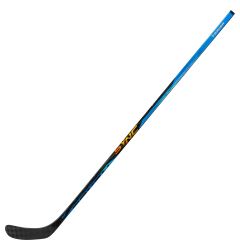


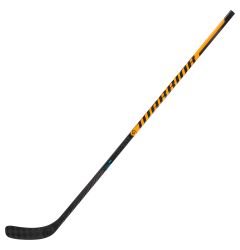

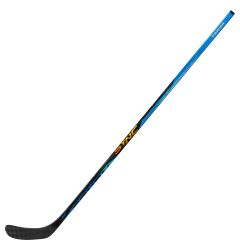
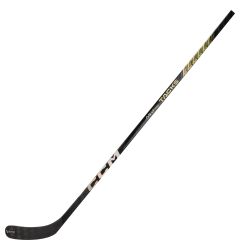
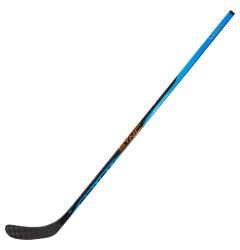
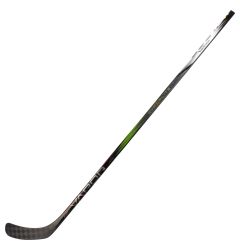
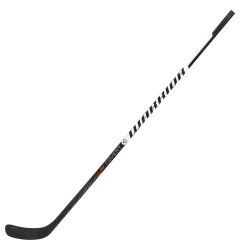

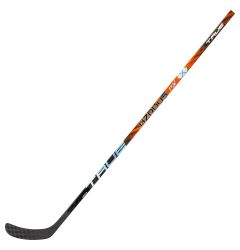
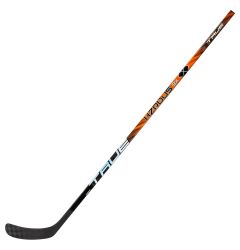
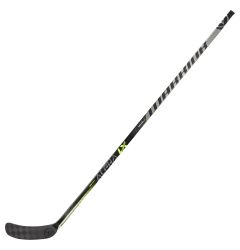
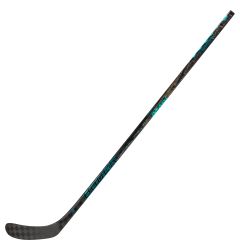
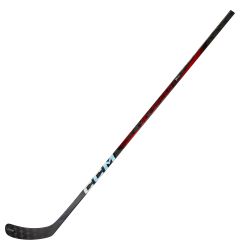
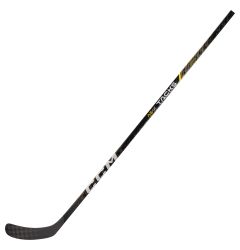

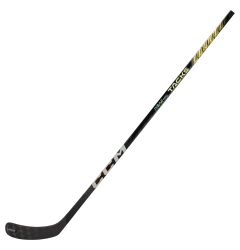
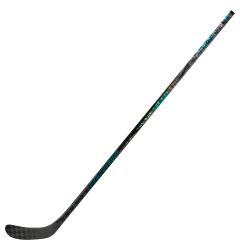

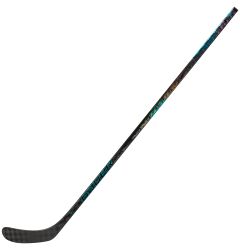
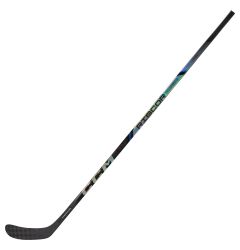



Login and Registration Form
or
Create an account